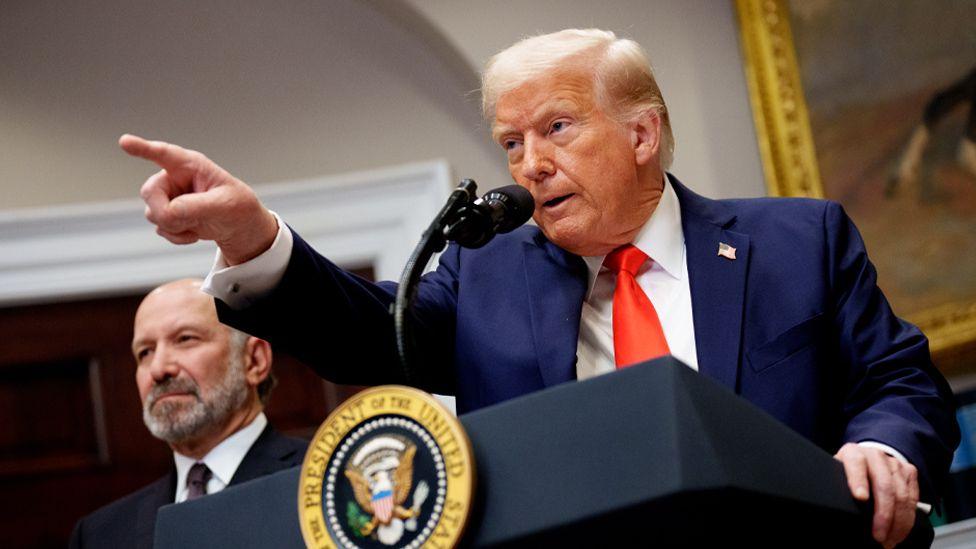The Latest on Trump’s Tariff Rule: What You Need to Know
In a recent turn of events, the Trump administration has announced a new tariff rule that has sent shockwaves through the global economy. This decision has sparked debates and concerns among businesses, consumers, and policymakers alike. Let’s delve into the details of this significant development and understand its potential impact.
The Tariff Rule Update
The new tariff rule proposed by the Trump administration aims to increase tariffs on imported goods from various countries. This move is part of a larger effort to protect domestic industries, reduce trade deficits, and promote American manufacturing.
Implications for Businesses Businesses that rely on imported goods may face increased production costs due to higher tariffs. This could lead to price hikes for consumers, as companies pass on these additional expenses. Small businesses, in particular, may feel the strain of these tariffs, impacting their competitiveness in the market.

Global Economic Impact The ripple effect of these tariffs extends beyond the borders of the United States. Countries that are major exporters to the US, such as China and Mexico, could see a significant decline in demand for their products. This could result in retaliatory measures from affected nations, leading to a potential trade war with far-reaching consequences.

Consumer Perspective For consumers, the impact of these tariffs may translate into higher prices for everyday goods. Electronics, clothing, and automobiles are just a few examples of products that could see price increases as a result of the tariff rule. This could potentially squeeze household budgets and limit purchasing power.
Political Ramifications The tariff rule has not only economic implications but also political repercussions. The decision to impose tariffs is a contentious issue that has divided lawmakers and policymakers. Supporters argue that it protects American jobs and industries, while critics warn of the negative consequences on the economy and global trade relations.

Image of Tariff Rule Impact
[Insert Image Here: Image of cargo ships at a port, symbolizing global trade and the impact of tariffs on international commerce]
What Can Businesses Do?
In light of these developments, businesses must adapt to the changing landscape of international trade. Here are some strategies that companies can consider to navigate the challenges posed by the new tariff rule:
1. Diversify Suppliers: Explore sourcing options from countries not affected by the tariffs to minimize cost increases.
2. Review Pricing Strategies: Evaluate pricing models to absorb some of the tariff costs without passing them entirely onto consumers.
3. Monitor Trade Policy Changes: Stay informed about the latest updates on trade policies and adjust business strategies accordingly.

Conclusion
The Trump administration’s tariff rule is a significant development that has far-reaching implications for businesses, consumers, and the global economy. As the situation continues to evolve, it is essential for stakeholders to stay informed, adapt their strategies, and navigate the challenges posed by these tariffs effectively.
While the full impact of these tariffs remains to be seen, one thing is certain: the landscape of international trade is undergoing a significant transformation, and businesses must be prepared to weather the storm.
Stay tuned for more updates on this developing story as we continue to monitor the latest news on the Trump tariff rule and its implications. Remember, knowledge is power in times of economic uncertainty. #thelatestontrump’stariffrule:whatyouneedtoknow #thelatestontrump’stariffrulewhatyouneedtoknowabout #thelatestontrump’stariffrule:whatyouneedtoknowand #thelatestontrump’stariffrulewhatyouneedtoknowandknow




Nice one 😁 keep going 💯🩷 dekho TV News 👌🏾